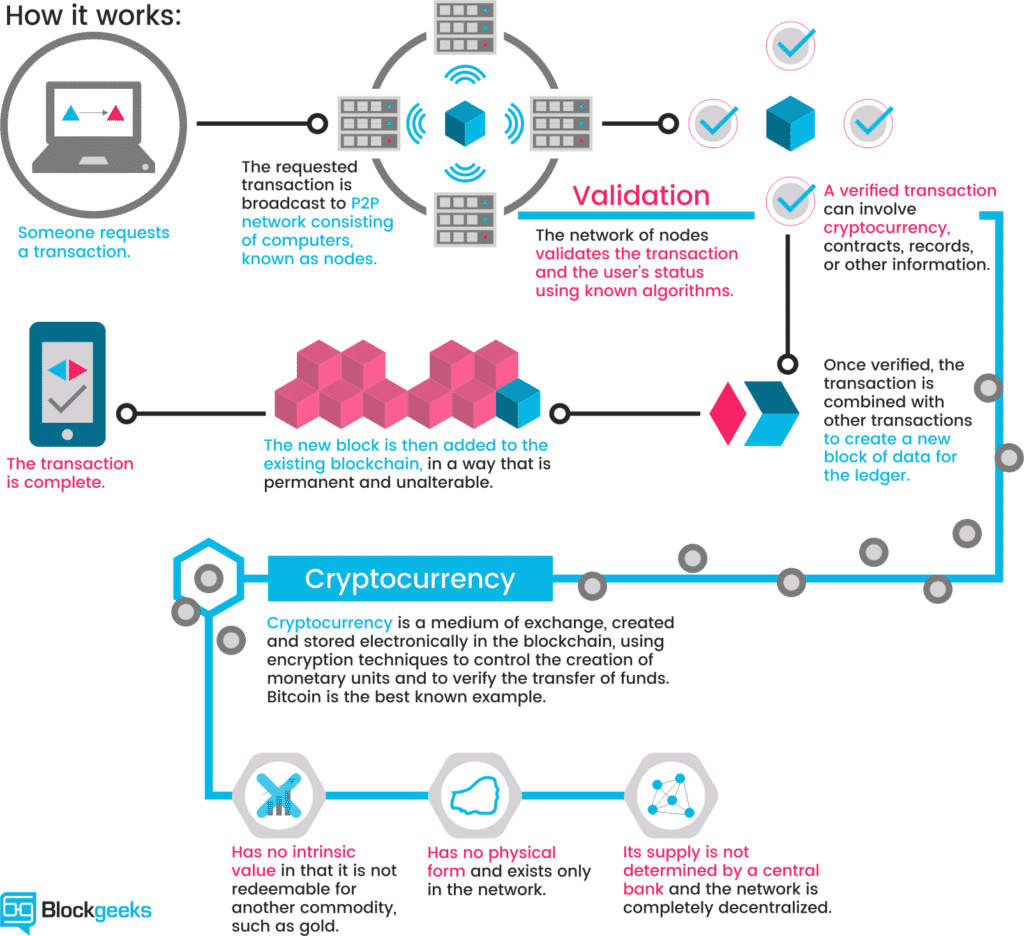The Future of Blockchain in RCM
A few months ago we asked, “How Will Banks React to the Blockchain?”
Now it’s the healthcare sector that needs to take a good look at Blockchain and its potential integration into RCM.
BlockGeeks.com graphic
Here’s an excellent Blockchain primer from Blockgeeks.com using a GoogleDocs analogy:
“The traditional way of sharing documents with collaboration is to send a Microsoft Word document to another recipient, and ask them to make revisions to it. The problem with that scenario is that you need to wait until receiving a return copy before you can see or make other changes because you are locked out of editing it until the other person is done with it. That’s how databases work today. Two owners can’t be messing with the same record at once.That’s how banks maintain money balances and transfers; they briefly lock access (or decrease the balance) while they make a transfer, then update the other side, then re-open access (or update again).With Google Docs (or Google Sheets), both parties have access to the same document at the same time, and the single version of that document is always visible to both of them. It is like a shared ledger, but it is a shared document. The distributed part comes into play when sharing involves a number of people.
Imagine the number of legal documents that should be used that way. Instead of passing them to each other, losing track of versions, and not being in sync with the other version, why can’t *all* business documents become shared instead of transferred back and forth? So many types of legal contracts would be ideal for that kind of workflow.You don’t need a blockchain to share documents, but the shared documents analogy is a powerful one.”
William Mougayar, Venture advisor, 4x entrepreneur, marketer, strategist and
blockchain specialist
For those of you who are familiar with the revenue cycle payment process with payers, providers, revenue cycle companies, clearinghouses and billers, I’m sure your head is spinning right now. How in the world could all of these companies tie into a Blockchain set of transactions?
Well, I can assure you that we are a few years away from that, but it does open it up to fascinating scenarios and efficiencies for payment processing. For now, we’ll stick to the mix of EDI 837s, 835s, EOBs, checks and ACH transactions which predominately make up the RCM payment and remittance mix.
